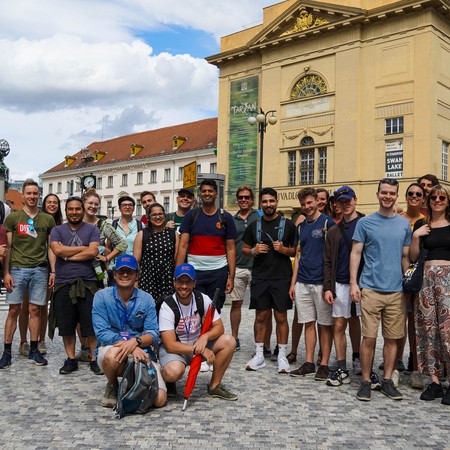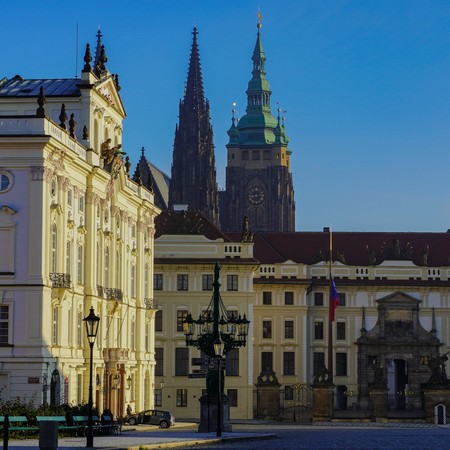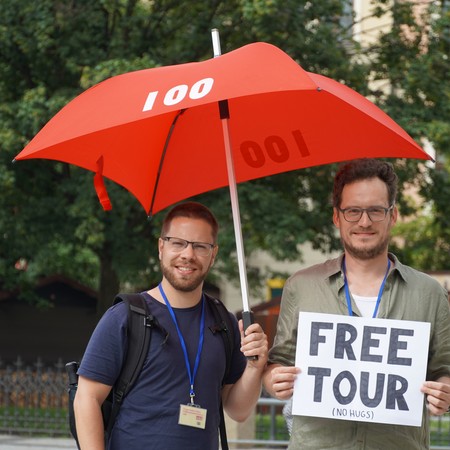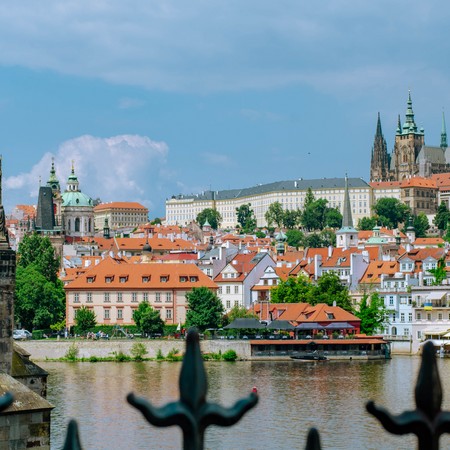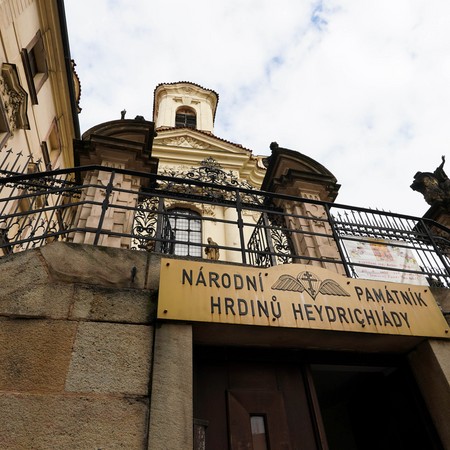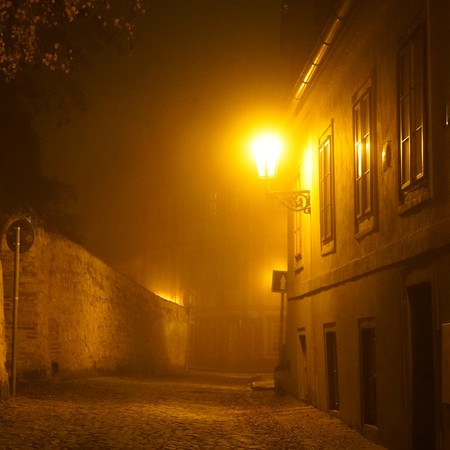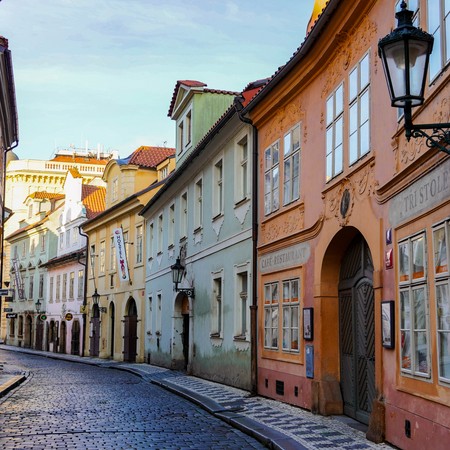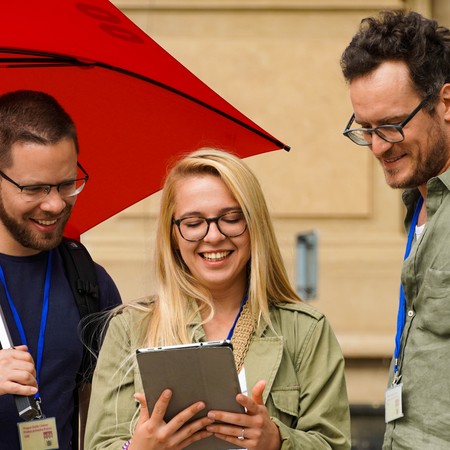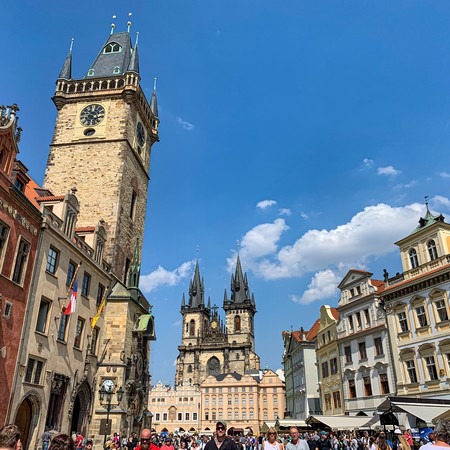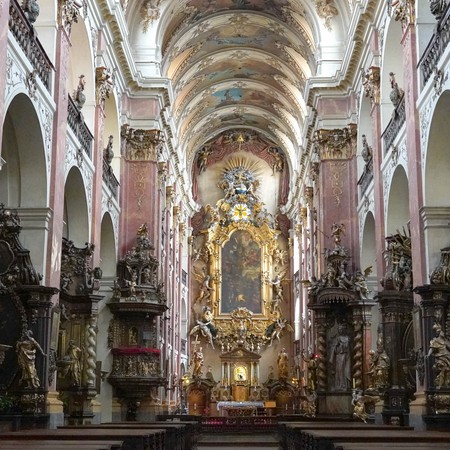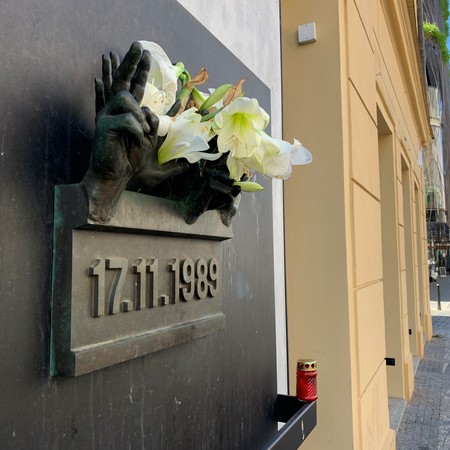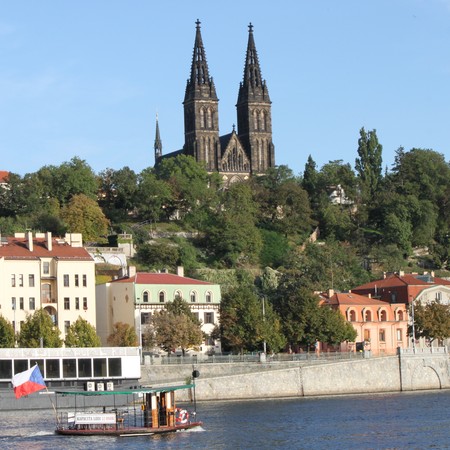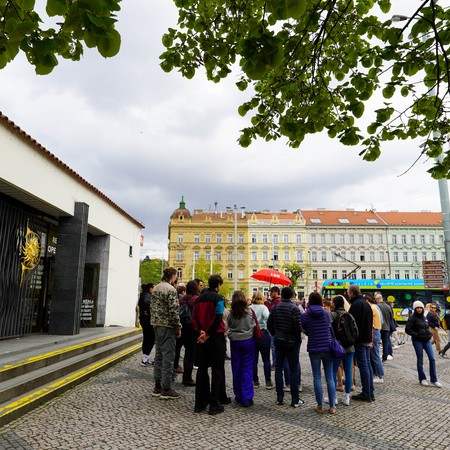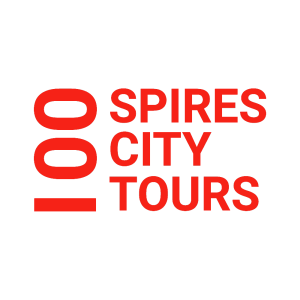Strahov Monastery: History, Library, Tickets
A Brief History of Strahov Monastery Prague
Strahov Monastery is the seat of the Premonstratensian order founded in 1143 Prague by Bohemian Duke, Vladislaus II, and Bishop of Olomouc, Jindøich Zdík. the Name Strahov derived from the word "guarding" in Czech, as this monastery was the last western defense point in Prague. It is standing close to Prague Castle, but the monastery was never included in its defense system or fell under Hradcany Districts' jurisdiction. Thill this day, you can see part of the walls and gates that are used to separate Strahov Monastery from Prague Castle and protect its western side. Due to its vulnerable position, the monastery has suffered many attacks.
Standing on the outskirts of Medieval Prague, the monastery was taken by siege and burned down in 1420 during the Hussite War. The aftermath of this catastrophe was a long-lasting issue that was resolved only by the end of the 15th century. The Romanesque monastery survived only partially, and later renovations in Renaissance style also did not stand for long.
In 1648, the Swedish army sieged Prague Castle and Strahov Monastery was again damaged. Many precious volumes and scripts from the famous Strahov library were taken as a bounty to Sweden, where they are displayed in museums, palaces, and libraries.
Shortly before the Swedish Army came to Prague, Strahov monastery wrote down another important date to its history: the relics of the Premonstratensian patron, St. Norbert, were brought to Strahov in 1627 from Magdeburg. This is when the nave of the Church of Virgin Marry's Assumption was extended by 7m and its facade was decorated in the Renaissance style. Nevertheless, the Baroque reconstruction of the monastery after the 30 Years War dictates the look of the Strahov complex nowadays. Abbot Jeronym Hirnheim ordered the architect Giovanni Dominico Orsi to build a Theological Hall of Stahov library in 1671-74 and the main monastery gate. The convent buildings were constructed by J.B. Mathey, while the interior decorations of stucco and frescoes were done by Siard Nosecky.
It wasn't long before another war came to the monastery. In 1742-51, the French bombed Strahov, and another construction had to be started. This time, Anselmo Lurago fixed the church's westwerk and Antonin Quittainer added Baroque statues to the complex. The most famous work of this period is the construction of the Philosophical Hall in Strahov Library by I.J. Palliardi in 1783-85.
During Nazism and Communism, monks were expelled from the monastery and were only able to come back after the Velvet Revolution in 1989.
Prague Strahov Library Tickets - Important Info Before Your Visit
- Much like another famous Prague library, Klementinum, Strahov Library does not allow its visitors to go inside! That means you can only see the library halls from the corridors. The Strahov library access was limited due to humidity that affects frescoes and book bindings.
- Although you might see some people walking around there, only the museum staff and people with special permission are authorized to enter.
- The official website of the Strahov Library says that you have to request the tour through the halls, but they do add that the amount of visitors is limited and they are not able to accept everyone. We recommend planning your visit 6 months ahead!
- Strahov Library is opened daily from 9 am till 5 pm with a lunch break between 12 pm and 1 pm.
- The library is always closed on the 24th and 25th of December, and Easter Sunday.
- The entrance ticket is 150 CZK for adults, and 80 CZK for kids, or 280 CZK and 140 CZK in a combined ticket to the Gallery.
- The photo license costs 50 CZK (2 EUR) and has to be purchased additionally.
Prague Strahov Library History
Prague's stunning Strahov Monastery library is one of the biggest and the most beautiful libraries in the Czech Republic. The library's collection is comprised of over 60,000 volumes and is spread over two halls: Theological and Philosophical.
Theological Hall was built in 1674 by an Italian architect Giovanni Dominico Orsi, who designed a stunning Baroque library decorated with stucco and frescoes. The decorations were done by a member of the Premonstratensian order, Siard Nosecky. The frescoes mainly portray Proverbs from the Bible and some of the quotes from Abbot Hirnhaim's teachings. The name of the hall comes from the subject of books stored in it - Theology or religious studies. There are 18,000 volumes stored in the bookshelves and multiple astronomical and terrestrial globes in the hallway.
Philosophical Hall stores 42,000 volumes not only on philosophical subjects but also on astronomy, history, mathematics, etc. This hall is bigger than the Theological one and measures 32 m in length, 14 m in height, and 22 m in width. It was built at the end of the 18th century on the order of Abbot Václav Mayer, who wanted to extend the storage space for the Strahov Library collection. He hired Italian architect Jan Ignác Palliardi for the construction of the new classicist building and a library. Palliardi had to adapt the hall for the walnut bookshelves that were brought from the dissolved Premonstratensian monastery in Louka by Znojmo. The grandiose fresco portraying the Intellectual Progress of Mankind had been painted for over 6 months by Viennese painter Anton Maulbertsch and his only assistant.
Strahov Library was visited by several historical figures, such as Sir William Hamilton (British archeologist and politician), his wife Lady Emma Hamilton, and her lover and the victor of the Battle of Trafalgar, Admiral Lord Horatio Nelson. The most famous guest was Napoleon's wife Marie Louise, who gifted the library a four-volume work on the first Louvre museum, a present criticized by Napoleon for revealing the extent of his war loot.
St Norbert and Prague
- St. Norbert is a founder of the Premonstratensian order, a bishop of the Catholic Church, and a patron saint of the Bohemian Kingdom and safe childbirth. He was born in 1085 into a rich family but turned to faith after a curious incident. While traveling through the forest, lightning struck in front of Norbert's horse and he was kicked from his saddle. He fell to the ground and had a revelation: he must strip away from all of his aristocratic titles and devote himself to serving God. After working in Belgium and France, Norbert founded a community in 1120, in the village Prémontré, which later became a cradle of the Premonstratensian Order. His life-long service paid off, and St. Norbert was appointed the bishop of Magdeburg where he passed away. In 1582, he was canonized by Gregory XIII and in 1627 his relics were taken to Strahov Monastery.
Strahov Monastery Picture Gallery
- Strahov Gallery was founded in 1835 and has over 1,500 paintings in its collection.
- The entrance fee to Strahov Picture Gallery is 190 CZK, and 340 CZK in a combined ticket to Library.
- The gallery is opened daily from 9 am - 5 pm.
- The exception to the opening hours are 24th and 25th of December and Easter Sunday.)
Strahov Monastery Brewery
Monks of Strahov Monastery have a long tradition of beer-brewing - 600 years! Strahov Brewery as we know it today was built in the 16th century by Abbot Kaspar Questenberg, and later reconstructed after the Thirty Tears War. The brewery makes more than 25 kinds of beer, the most famous one being unfiltered unpasteurized St. Norbert beer in an amber lager, a dark lager, and an IPA. They also have a restaurant with a terrace, which is very popular in summer. We recommend checking the official webpage of Strahov Monastery Brewery for making any reservations.
Our Local Guide Tip
- To enjoy your Strahov Monastery visit, we recommend getting a combined ticket and starting from the Library. In summer, there is usually a line to get in, but if you come at 9 am there is not gonna be so many people waiting.
- After visiting the library, you can have a lunch break at the brewery and then go to the gallery. You will also see the prelature buildings where monks live till today!
- Finish your visit with a stunning view from the Strahov vineyards 🙂.
See more of our Prague Travel Tips.
Looking for the best place to stay in Prague? Check out our Top Prague Hotel Picks for any season and budget! <- click here
Author: Valeriia Zahradnikova and Vaclav Zahradnik, Prague guides certified by Prague City Tourism agency. Valeriia and Vaclav have worked in tourism for over 6 years and have guided thousands of Prague visitors.
